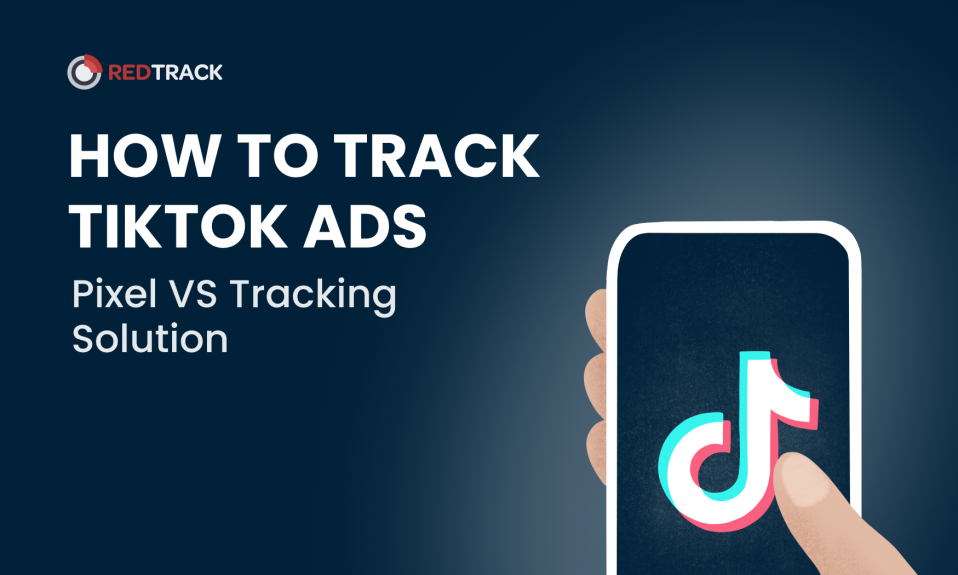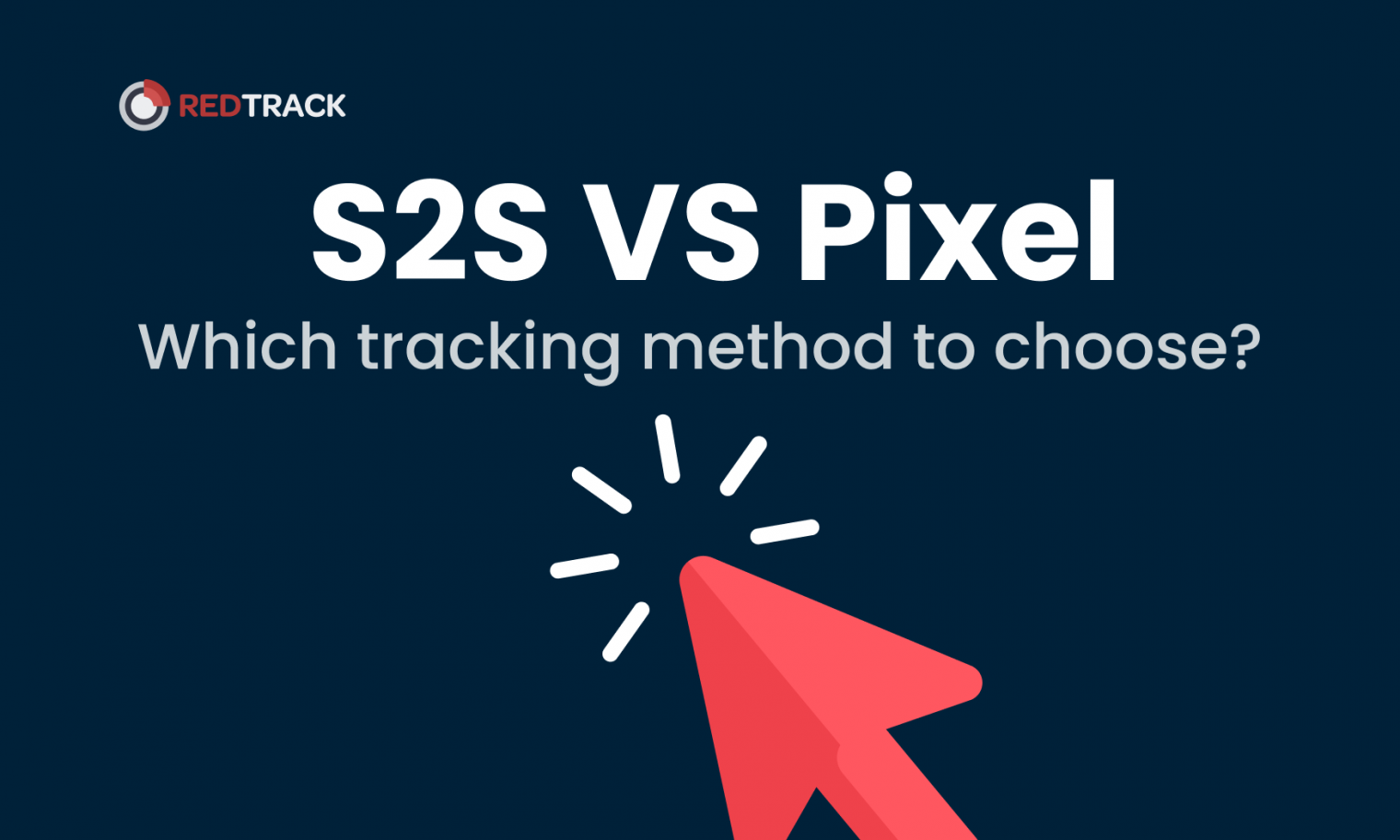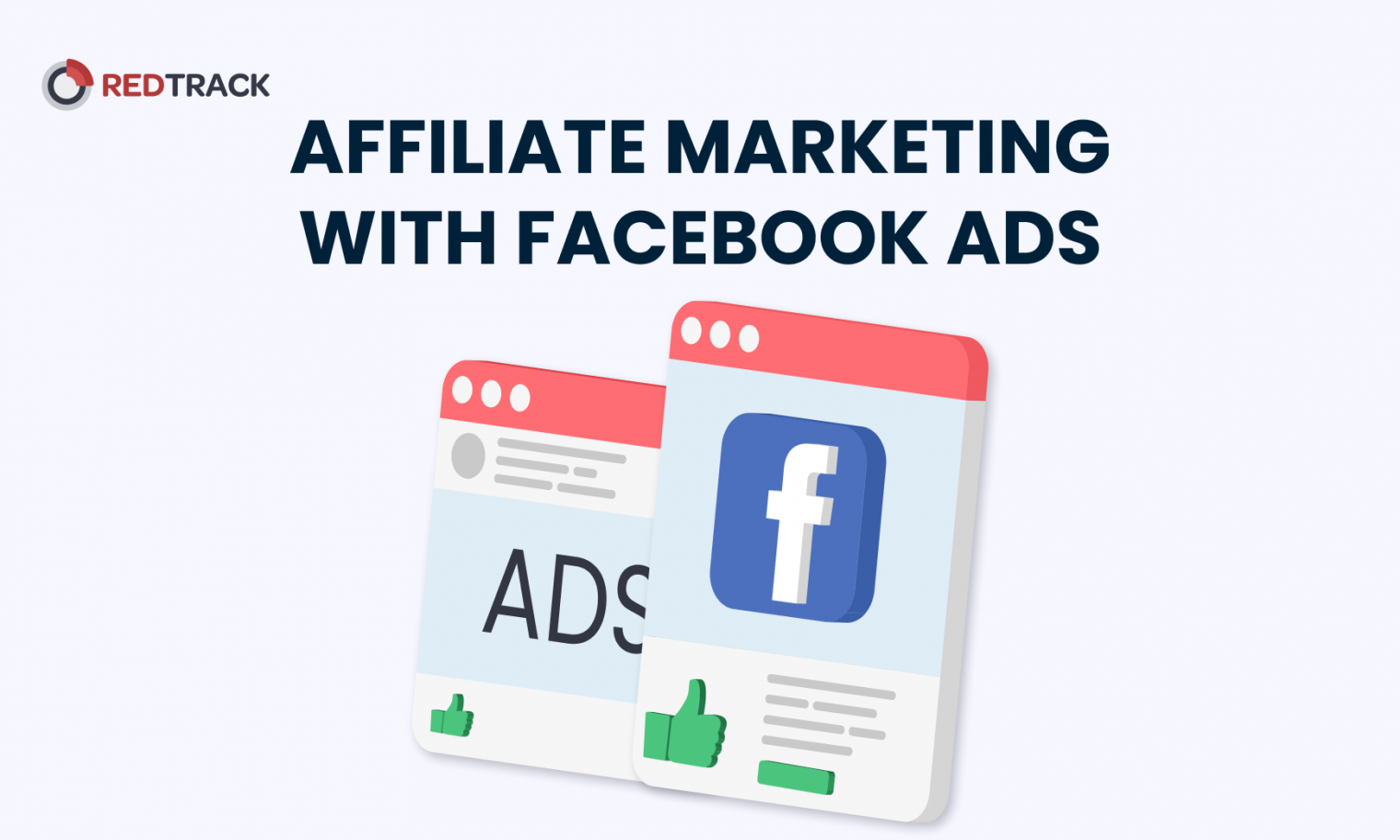
Check our 2-minute video to explore 5 reasons users choose RedTrack as their ad tracking & attribution partner.
CPC, short for Cost-per-Click, is a popular online advertising payment model where advertisers pay based on the number of clicks their ads receive. This model is particularly focused on the interaction between the user and the ad itself, rather than the final action the user takes.
CPC stands out because it charges advertisers for each click on their ads. This differs from models like CPA, which charge for a specific action. CPC is more about generating interest and traffic rather than immediate conversions. It's a model that prioritizes visibility and engagement.
In the CPC model, a 'click' can mean various things, such as a user clicking to visit a website, tapping a phone number, or even interacting with a video ad. These interactions signify user interest and engagement with the ad content.
Calculating the cost in the CPC model is straightforward. It's the total cost of the campaign divided by the number of clicks received. Here's the formula:
CPC =
Each part of this formula has a specific meaning:
Total Cost of the Campaign: This includes all expenses related to the ad campaign, like ad spend and other operational costs.
Number of Clicks: This is the count of how many times users have clicked on the ad.
This calculation helps determine the average cost an advertiser pays for a single click, which is crucial for understanding the efficiency of a campaign in driving traffic.
Advantages of CPC include its ability to measure interest and engagement, easy tracking of performance, and the potential for high traffic generation. It's beneficial for campaigns aiming to increase visibility and site visits.
However, CPC's focus on clicks doesn't guarantee conversions, which can lead to higher costs without tangible outcomes. It can also be susceptible to click fraud, where clicks are artificially generated.
CPC is widely used across various industries. Retail and e-commerce might use it to drive traffic to new product pages, while media and entertainment sectors leverage it to boost content visibility. Service industries use CPC to increase site visits and potential inquiries.
Optimization involves focusing on relevant keywords, refining ad design and copy, targeting the right audience, and continuously analyzing performance data to adjust strategies. Advertisers also monitor for click fraud and ensure their landing pages are optimized for conversion.
Unlike CPA, which focuses on specific user actions, CPC is about generating interest through clicks. It differs from CPM (Cost Per Mille), where payment is based on impressions, not interactions. CPC offers a balance between visibility and action, making it a versatile choice for many advertisers.

Check our 2-minute video to explore 5 reasons users choose RedTrack as their ad tracking & attribution partner.

Join our Facebook group to participate in the discussions, share your insights with like-minded people, and ask for support if needed.

Find out how Financer.com optimized the conversion rates of both organic and paid traffic by 60% with RedTrack.